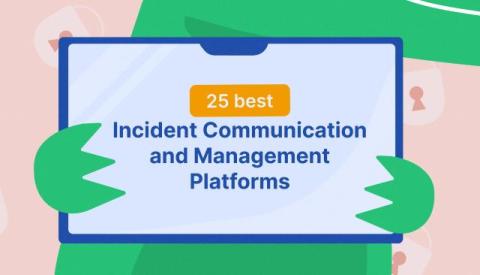Securing and Configuring AI Environments: AI in Operations
The artificial intelligence (AI) revolution is here. If you’ve been following the meteoric rise of companies like NVIDIA, you understand that the AI revolution isn’t just a passing hype cycle. To train complex models like Large Language Models (LLMs), organizations are turning back the dial to private data centers and high-performance computing (HPC) infrastructure — which requires thousands of servers all working in harmony.











